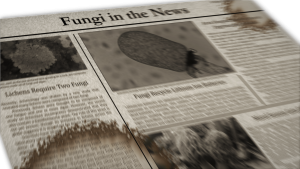2017 Winter News Update
Fungi appear in the news with surprising frequency. However, many of those stories do not provide any new information. Below is a summary of what we’ve learned about fungi from November 2016 Through February 2017. Read below to learn about: bacteria-fungal interactions, snake fungal disease, psilocybin research, fungal furniture, white-nose syndrome, intelligent slime molds and more! Visit the associated links to get the full story.

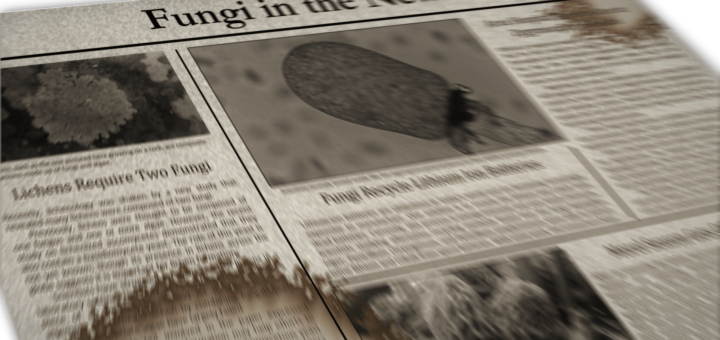
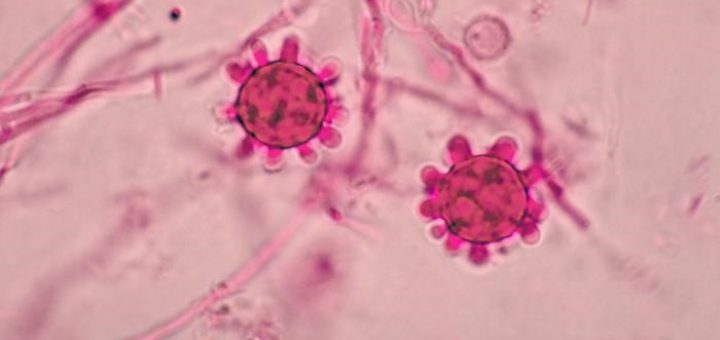
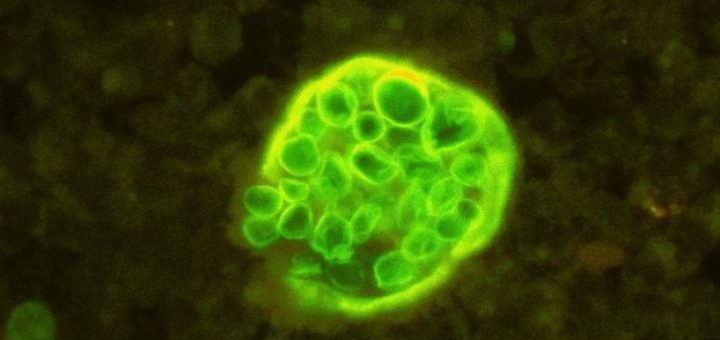
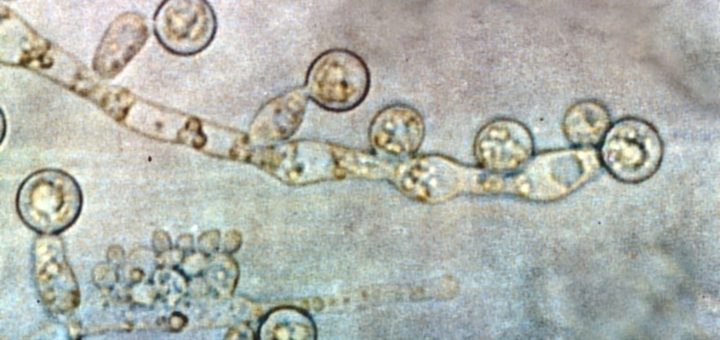
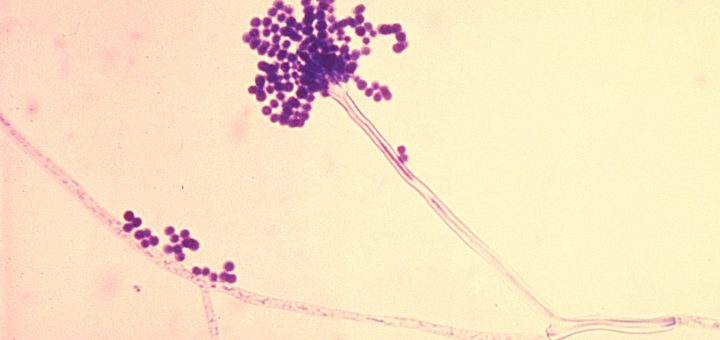






![#011: Characteristics of Kingdom Fungi [Archived]](https://www.fungusfactfriday.com/wp-content/themes/hueman/assets/front/img/thumb-small-empty.png)

